What Is The Difference Between Cutting Dies and Embossing Folders?
Introduction:
If you're a crafting enthusiast or a beginner looking to explore the world of paper crafting, you may have come across terms like cutting die and embossing folders. While both of these tools play a crucial role in adding intricate designs and patterns to your projects, it's important to understand their differences and how they can be utilized in various crafting techniques. In this blog post, we will delve into the specifics of cutting dies and embossing folders, highlighting their unique features and applications.
Cutting Die:
Cutting dies are metal templates with sharp edges specially designed to cut through different materials, including paper, cardstock, fabric, and more. These dies come in various shapes, sizes, and designs, allowing crafters to create precise shapes with clean edges. Cutting dies usually require the use of a die-cutting machine to exert pressure and cut out the desired shape.
Key Points and Features of Cutting Die:
Versatility: Cut dies offer immense versatility as they can be used to create an array of designs, from simple shapes to intricate details.
Clean and Precise Cuts: These dies provide sharp and accurate cuts, ensuring clean edges and professional-looking results.
Compatibility: Cut dies are compatible with different materials, making them suitable for various crafting projects.
Customization: Crafters have the freedom to mix and match different dies to create their own unique designs, giving a personalized touch to their projects.
Embossing Folders:
Embossing folders are plastic or metal templates that are used to create raised or depressed designs on paper and other materials. With embossing folders, you can add texture and depth to your projects by imprinting patterns onto the surface. These folders create a three-dimensional effect without cutting through the material.
Key Points and Features of Embossing Folders:
Texture and Dimension: Embossing folders add texture and dimension to paper crafts, creating visually appealing designs that catch the light.
Ease of Use: Utilizing an embossing machine or manual embossing tools, you can easily press the embossing folder onto the chosen material to achieve the desired effect.
Versatility and Flexibility: Embossing folders come in a wide variety of patterns and designs, allowing crafters to experiment with different textures and styles.
Speed and Efficiency: Embossing is a quick process that can add intricate details to projects within minutes, making it suitable for both simple and complex designs.
Differences and How to Use Them Together:
While cutting die and embossing folders serve distinct purposes, they can also be used together to create visually striking designs. For instance, you can use a cutting die to cut out a shape and then use an embossing folder to add texture to the die-cut piece. This combination adds depth and interest to your projects.
Conclusion:
Understanding the differences between cutting dies and embossing folders is crucial for any paper crafter or crafting enthusiast. Cutting dies allow for precise and clean cuts, while embossing folders bring texture and depth to your creations. Both tools offer a versatile range of designs and can be used separately or combined to create stunning effects in your paper crafts. So, whether you're die-cutting shapes or adding texture with embossing, these tools are sure to elevate your crafting projects to a whole new level of creativity.




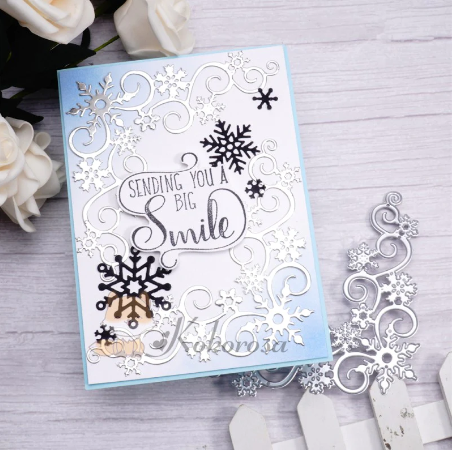
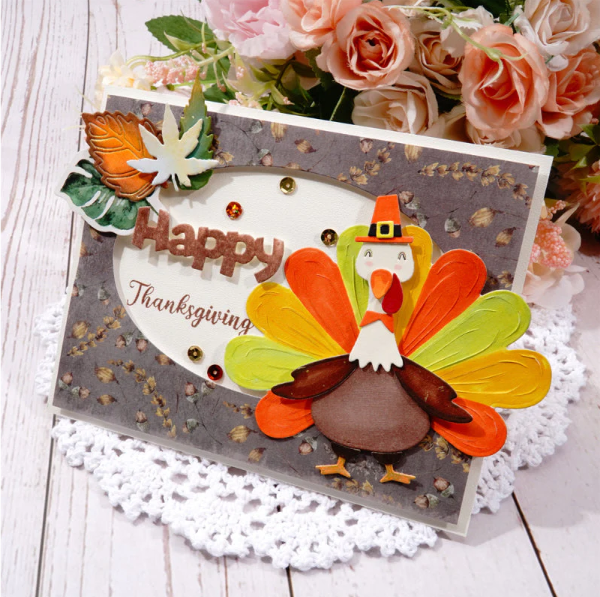
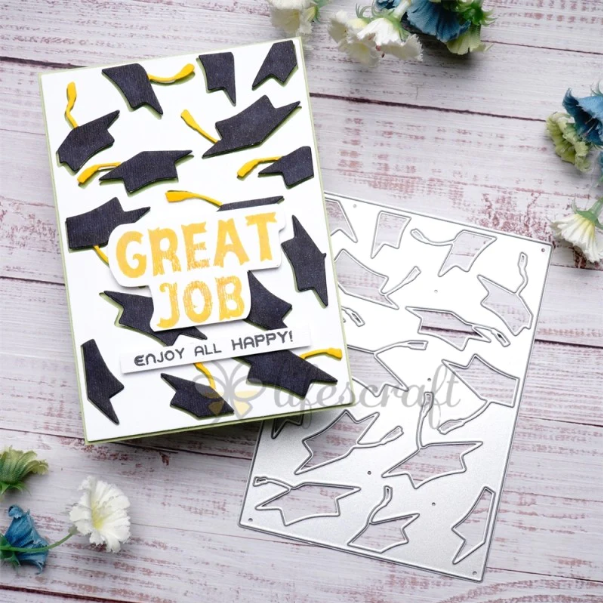



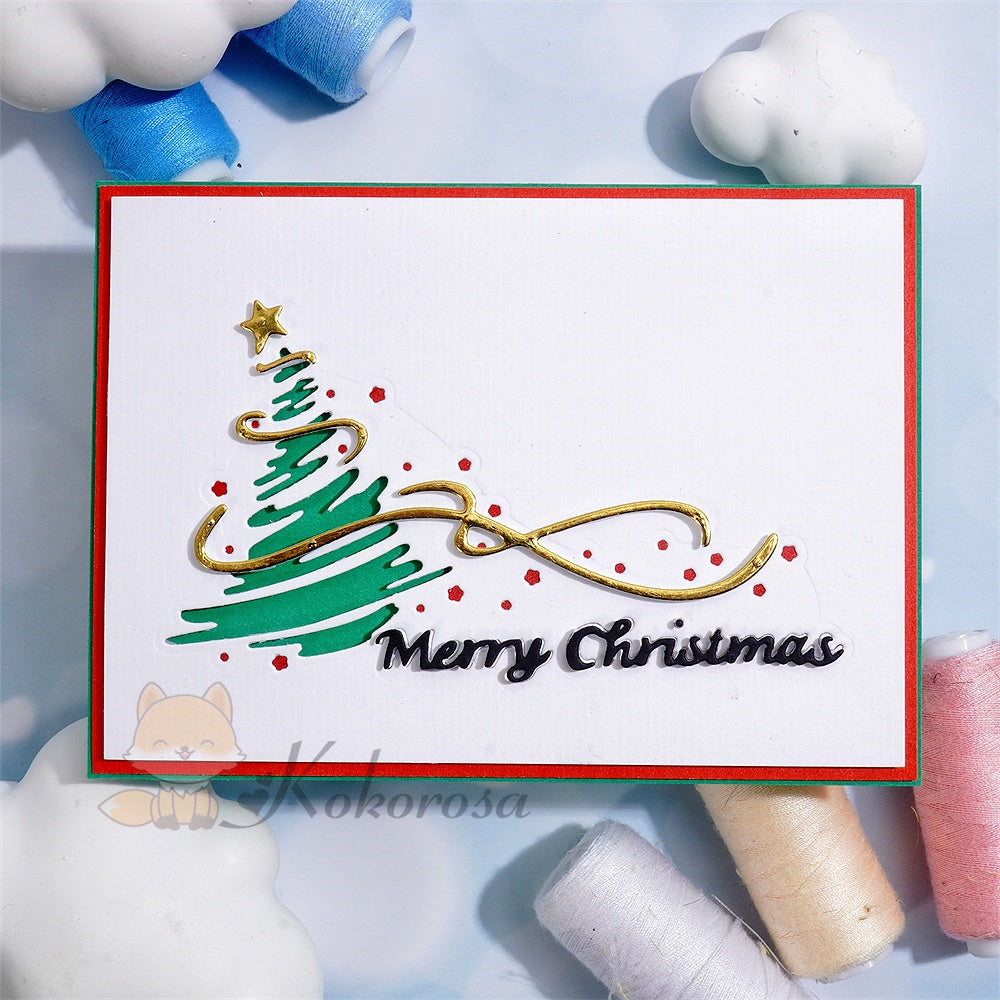
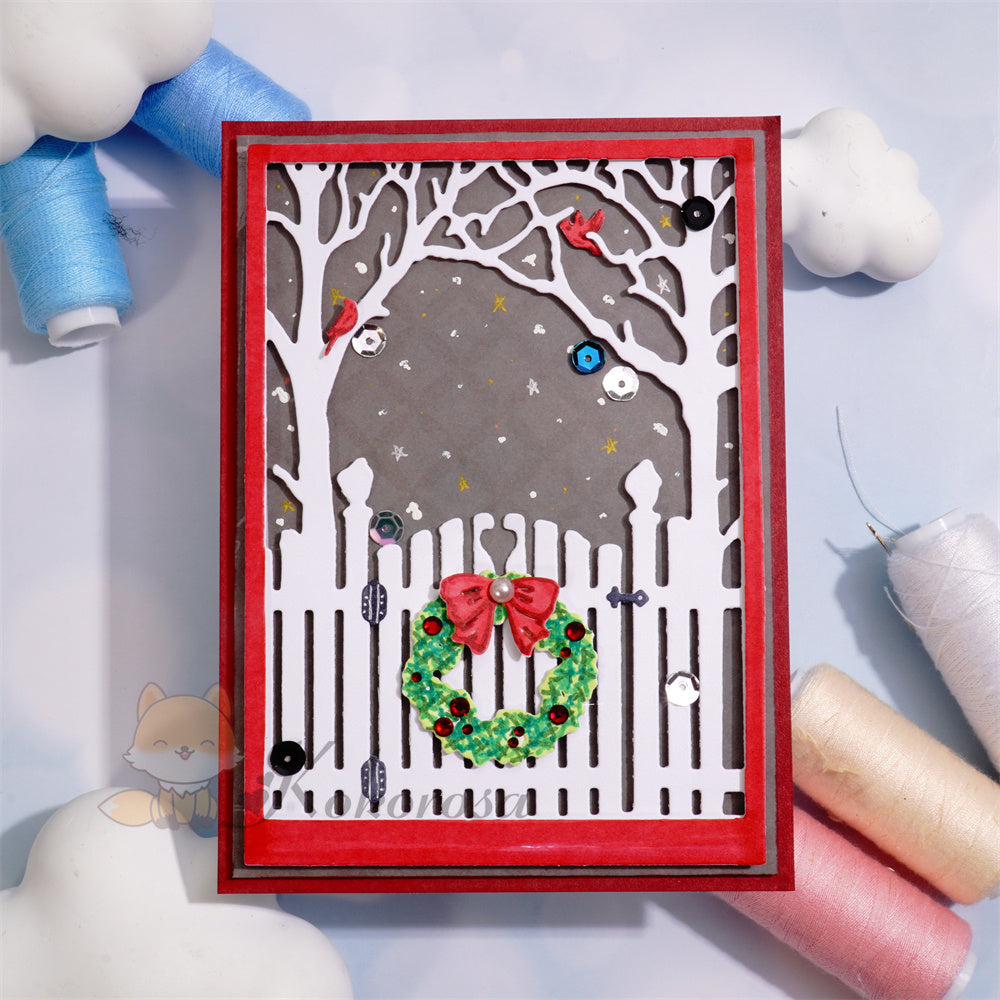

Leave a comment